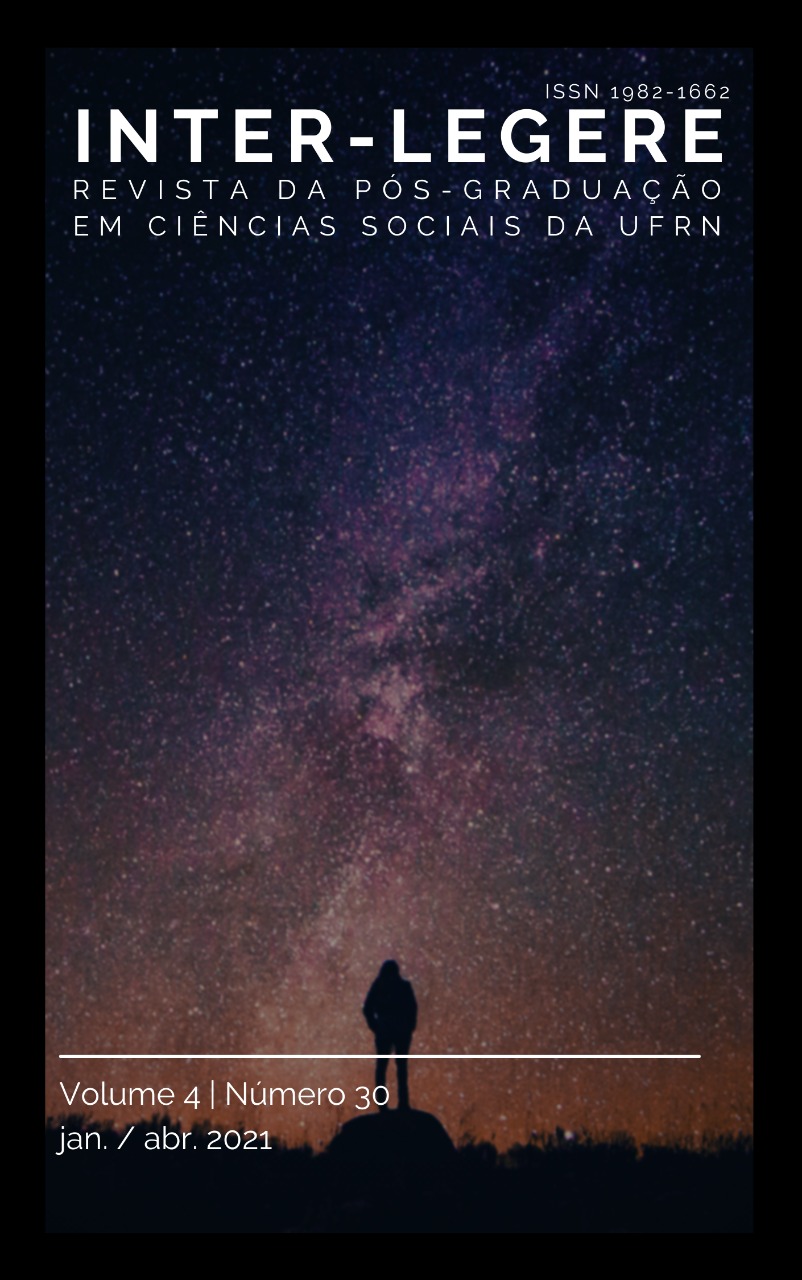O ESTRUTURALISMO GENÉTICO DO EATING OUT
DOI:
https://doi.org/10.21680/1982-1662.2021v4n30ID20367Abstract
The main objective of this article is to analyze the senses and meanings of the practice of eating out from individuals and their collectives, however, going beyond these definitions, which are often contradictory, comparing data from different countries, Brazil, the United Kingdom and Spain. Furthermore, it seeks to explain the reason that lead the actors to see this practice in one way or another, that is, the central question is: “what is in the genesis of these structures that underlie such practice?” On the other hand, it is intended to go beyond the more restricted definitions of spaces, whether ‘inside’ or ‘outside’- consumed or prepared -, which is supposed to have its origin in the concepts and definitions historically used by the official state statistical bodies. At the end, a frame of reference is proposed, which reconstitutes this binomial between 'inside' and 'outside' based on a duality - and not a dualism - taking into account not only spatiality, but also issues that involve routine, content and company. The data used for this article comes from two major sources. The first source comes from the official statistical data of the countries, which are being compared in this article, mainly the data that are intended to investigate expenditure on food. The second major source of data comes from three major research projects, conducted by different research groups from each country in question.


 Português (Brasil)
Português (Brasil) English
English Français (Canada)
Français (Canada) Español (España)
Español (España)





